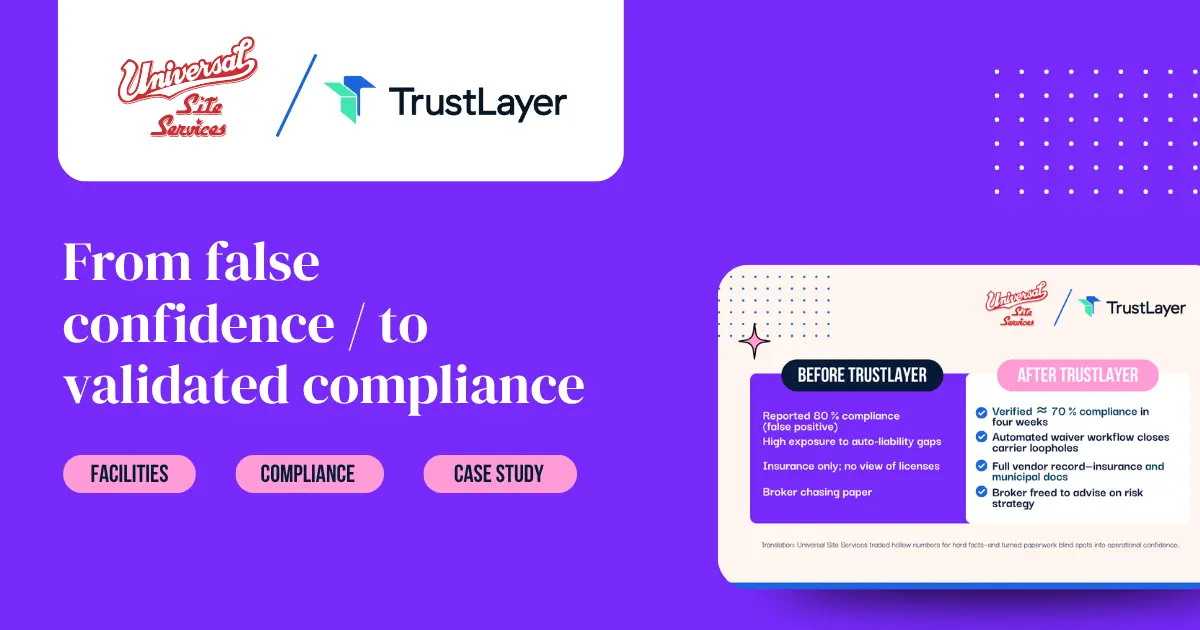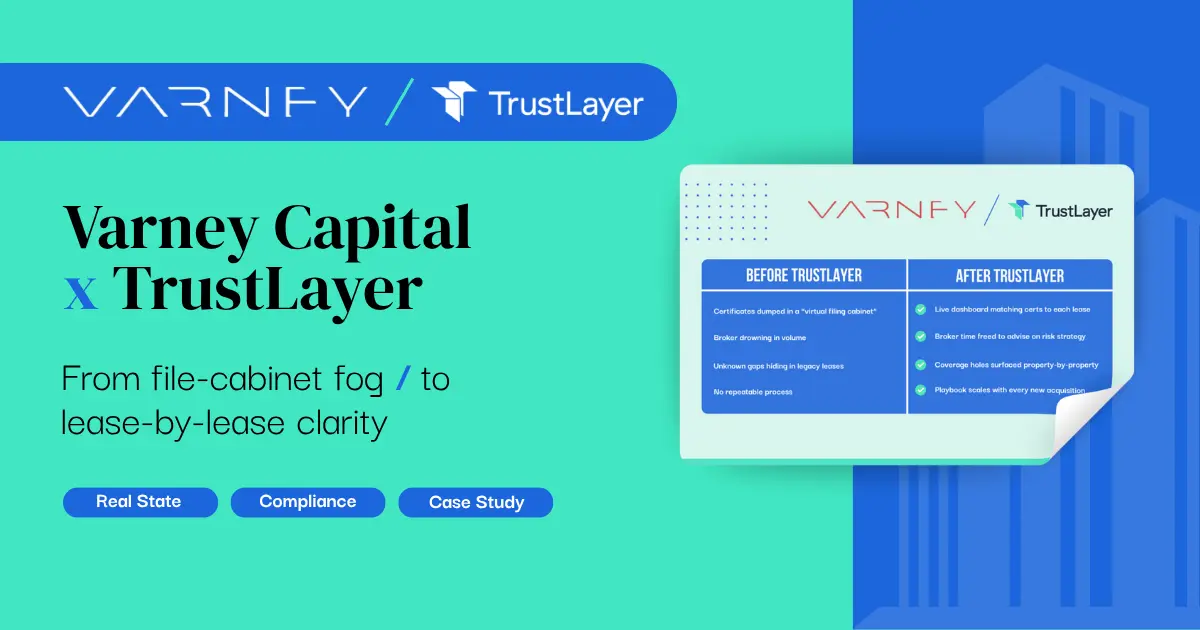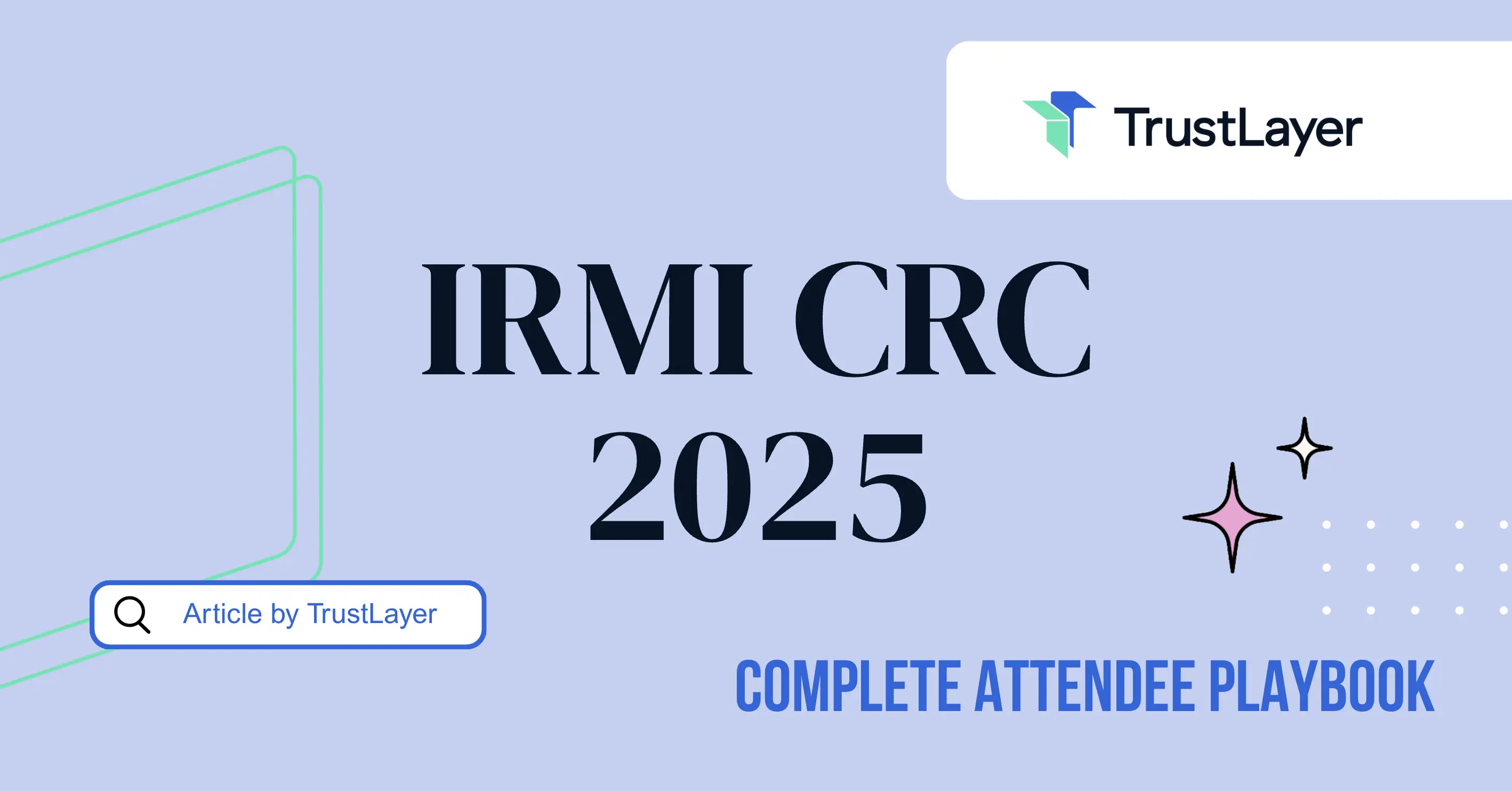Why Do I Need a Waiver of Subrogation?

When navigating the complex world of insurance and risk management, certain terms can seem like jargon—one of the most common being “waiver of subrogation.” If you’ve come across this phrase in contracts or insurance documents, you might be wondering: what exactly is it, and why does it matter to me? This article breaks down the concept in clear terms, explains why it’s important, and explores how it can impact your business relationships and insurance claims.
Understanding Subrogation and Its Role in Insurance
What Is Subrogation?
Subrogation is a process used by insurance companies to recover the money they’ve paid out on a claim. Imagine your business suffers damage caused by a third party—say, a contractor accidentally damages your property. Your insurance company covers your loss, but then seeks reimbursement from the party responsible or their insurer. This right to “step into your shoes” and pursue recovery is called subrogation.
This mechanism helps insurance companies keep costs down by shifting the financial burden to the party at fault. It’s a standard practice in the industry and generally benefits insurers and policyholders alike by controlling premiums over time. However, the subrogation process can be complex, often involving negotiations and legal proceedings that can take time to resolve. Insurers typically have dedicated teams that specialize in subrogation, equipped with the expertise to navigate the intricacies of liability claims and recover funds efficiently.
Why Subrogation Matters to Businesses
While subrogation protects insurers, it can create complications for businesses involved in contracts or partnerships. For example, if your contractor causes damage and your insurer pursues them for reimbursement, it might strain your professional relationship or lead to costly disputes. This is where the waiver of subrogation comes into play. A waiver of subrogation is a contractual agreement that prevents an insurer from seeking recovery from a third party, effectively protecting the business relationship between the parties involved. By agreeing to this waiver, businesses can foster a more collaborative environment, reducing the likelihood of friction that may arise from subrogation claims.
Moreover, understanding subrogation is crucial for businesses to manage risk effectively. When entering contracts, especially in construction or service industries, being aware of how subrogation works can inform decisions about insurance coverage and liability. Businesses should consider consulting with legal and insurance professionals to ensure that their contracts include appropriate provisions that align with their risk management strategies. This proactive approach not only safeguards relationships but also helps in maintaining a stable financial footing in the face of unforeseen incidents.
What Is a Waiver of Subrogation?
Defining the Waiver
A waiver of subrogation is a provision in an insurance policy or contract where one party agrees to relinquish the insurer’s right to recover losses from the other party. In simpler terms, if a loss occurs, the insurer cannot seek reimbursement from the responsible party—even if they caused the damage.
This waiver is often included in contracts between businesses, especially in industries like construction, real estate, and manufacturing, where multiple parties work closely together and share risks. The rationale behind this provision is to foster a collaborative environment, allowing parties to focus on their work without the looming threat of potential lawsuits over damages. By agreeing to a waiver of subrogation, parties can also streamline their insurance claims processes, as they eliminate the need for lengthy disputes over liability and fault.
How It Works in Practice
Consider a commercial lease agreement where the tenant agrees to provide a waiver of subrogation to the landlord. If the tenant’s activities cause damage to the property, the landlord’s insurer cannot pursue the tenant or their insurer for reimbursement. Both parties essentially agree to absorb their own losses without seeking compensation from each other. This arrangement can be particularly beneficial in high-risk environments, such as construction sites, where accidents can happen unexpectedly, and the financial implications of litigation can be significant.
Moreover, the waiver of subrogation can also influence the insurance premiums that both parties pay. Insurers may view the waiver as a risk management tool that reduces the likelihood of claims disputes, potentially leading to lower premiums for both the tenant and the landlord. However, it is essential for parties to carefully consider the implications of such waivers, as they can limit their ability to recover costs in the event of significant damages. Legal advice is often recommended to ensure that all parties fully understand their rights and responsibilities under the waiver, thus avoiding any unforeseen complications down the line.
Why Is a Waiver of Subrogation Important?
Protecting Business Relationships
One of the primary reasons businesses seek a waiver of subrogation is to preserve professional relationships. Litigation or insurance claims between partners can be costly, time-consuming, and damaging to reputations. Waiving subrogation rights helps avoid these conflicts by ensuring that each party bears its own losses.
In industries where collaboration is critical, such as construction projects involving multiple subcontractors, a waiver of subrogation fosters trust and cooperation. It prevents insurers from turning disputes into legal battles that could derail projects and partnerships. This collaborative spirit is essential, as it allows teams to focus on delivering quality work rather than navigating the complexities of legal entanglements. Furthermore, maintaining amicable relationships can lead to future opportunities, as satisfied partners are more likely to recommend each other to new clients or collaborate on upcoming projects.
Reducing Litigation Risks and Costs
Legal disputes stemming from subrogation claims can escalate quickly. Waivers of subrogation reduce the likelihood of lawsuits by eliminating the insurer’s right to pursue third parties. This can save businesses significant legal fees and administrative headaches. By mitigating potential conflicts, companies can allocate resources more effectively, directing funds and energy toward growth and innovation instead of legal defenses.
According to a 2023 report by the Construction Industry Institute, projects with clear waiver of subrogation clauses experienced 30% fewer insurance-related disputes, underscoring the practical value of these provisions. Additionally, the report highlighted that businesses that proactively implement these waivers often report improved project timelines and enhanced team morale, as employees feel more secure in their collaborative efforts without the looming threat of disputes. This positive atmosphere can lead to higher productivity and better overall project outcomes.
Impact on Insurance Premiums
Some businesses worry that waiving subrogation rights might increase insurance premiums. While it’s true that insurers consider these waivers when underwriting policies, the effect varies. In many cases, insurers view waivers as part of a broader risk management strategy and may not significantly alter premiums. It's important for businesses to engage in open dialogue with their insurance providers to understand how these waivers fit into their overall risk profile.
TrustLayer’s licensed insurance professionals emphasize that the decision to include a waiver of subrogation should balance risk tolerance with relationship management rather than focusing solely on premium costs. Moreover, businesses that demonstrate a commitment to risk management through waivers may find themselves in a better negotiating position with insurers, potentially leading to more favorable terms and conditions in their policies. This strategic approach to insurance can ultimately contribute to long-term financial stability and resilience in an ever-changing market landscape.
When Should You Consider a Waiver of Subrogation?
Common Scenarios and Industries
Waivers of subrogation are especially common in contracts involving:
- Construction and contracting: General contractors, subcontractors, and property owners often exchange waivers to manage risk and avoid disputes. This practice not only fosters a collaborative environment but also ensures that all parties are aware of their respective liabilities, which can be particularly beneficial in large-scale projects where multiple contractors are involved.
- Commercial leases: Tenants and landlords frequently include waivers to clarify responsibilities for property damage. This clarity can prevent costly litigation and misunderstandings, as it delineates who is responsible for damages resulting from various incidents, such as natural disasters or accidents.
- Service agreements: Businesses providing services on client premises may use waivers to limit liability exposure. For example, a cleaning service may require a waiver to protect against claims arising from accidental damage to a client's property while performing their duties.
In these contexts, waivers help define the boundaries of financial responsibility, making it easier to manage complex projects with multiple stakeholders. By establishing clear terms, parties can focus on their core responsibilities without the constant worry of potential liability claims that could derail their operations.
Contractual Requirements and Negotiations
Many contracts explicitly require a waiver of subrogation as part of their insurance provisions. It’s essential to review these clauses carefully and understand their implications before signing. For instance, a waiver might limit the ability of an insurance company to seek reimbursement from a third party, which could affect the overall risk profile of the contract. Understanding these nuances can help parties make informed decisions about their coverage and exposure.
Negotiating the scope and applicability of waivers can be a critical step in contract discussions. Parties should consider factors such as the nature of the work, the potential for accidents, and the financial stability of all involved. TrustLayer’s licensed insurance professionals recommend consulting with experts to ensure that waivers align with your overall risk management strategy and do not inadvertently expose your business to unforeseen liabilities. Additionally, they emphasize the importance of keeping communication open between all parties to address any concerns or misunderstandings that may arise during negotiations, ultimately fostering a more secure and cooperative working relationship.
How to Obtain a Waiver of Subrogation
Working with Your Insurance Provider
Securing a waiver of subrogation typically involves coordination with your insurance carrier. Not all policies automatically include this provision, so you may need to request an endorsement or rider that adds the waiver.
Insurance companies will evaluate the risk and may charge an additional premium or impose conditions. It’s important to communicate clearly about your contractual obligations and the need for the waiver to avoid coverage gaps. Additionally, understanding the specific terms of your policy can help you navigate this process more effectively. For instance, some insurers may have specific guidelines or forms that need to be completed to initiate the request, which can streamline the approval process. It’s advisable to maintain an open line of communication with your agent, as they can provide insights into the nuances of your policy and help advocate for your needs.
Certificate of Insurance (COI) and Waivers
A Certificate of Insurance (COI) often serves as proof that a waiver of subrogation is in place. When requested by a client or partner, your COI should explicitly state that the waiver applies to the relevant parties.
TrustLayer’s licensed insurance professionals highlight the importance of accurate COIs to prevent misunderstandings and ensure compliance with contract terms. Moreover, it's essential to regularly review and update your COI, especially when changes occur in your business operations or insurance coverage. This proactive approach not only reinforces your commitment to contractual obligations but also builds trust with clients and partners. Ensuring that your COI reflects the current status of your insurance coverage can mitigate potential disputes and enhance your credibility in business dealings. In some cases, clients may require additional documentation or endorsements to be attached to the COI, so being prepared with all necessary paperwork can facilitate smoother transactions.
Potential Drawbacks and Considerations
Limitations on Recovery
While waivers of subrogation can protect relationships and reduce disputes, they also limit the ability to recover losses from responsible third parties. This means your business might have to absorb costs that otherwise could have been reimbursed.
It’s crucial to weigh this trade-off carefully, especially for businesses with tight margins or high exposure to certain risks.
Insurance Carrier Restrictions
Some insurers may be reluctant to grant waivers of subrogation or may impose strict conditions. This can affect your coverage options or premiums, so it’s wise to discuss these issues upfront with your insurance advisor.
Contractual Clarity
Ambiguous or poorly drafted waiver clauses can lead to confusion and disputes. Ensuring clear language and mutual understanding between parties is essential to avoid unintended consequences.
Conclusion: Is a Waiver of Subrogation Right for You?
Deciding whether to include a waiver of subrogation in your contracts and insurance policies depends on your business’s unique circumstances, risk tolerance, and relationships. While waivers can prevent costly disputes and foster collaboration, they also limit recovery options and may impact insurance terms.
Engaging with licensed insurance professionals, like those at TrustLayer, can provide valuable guidance tailored to your industry and specific needs. Their expertise helps businesses navigate these complex decisions with confidence.
For more insights on insurance, risk management, and contract best practices, be sure to explore other articles from TrustLayer. When you’re ready to dive deeper, consider booking a consult with our licensed insurance experts to get personalized advice that fits your business.
Ready to streamline your risk management and ensure your business is equipped with the best tools for success? TrustLayer is here to revolutionize the way you handle certificates of insurance and compliance documents. With our automated system, you can say goodbye to the administrative burden of manual processes and embrace a more efficient, forward-leaning approach to risk management. Don't let outdated methods hold you back. Set up a time to talk with our team and discover how TrustLayer can transform your document management strategy today.















